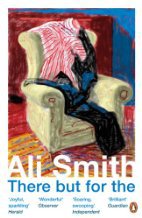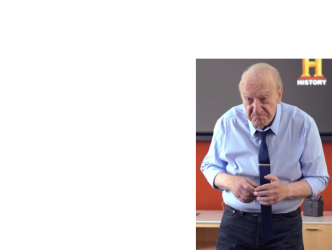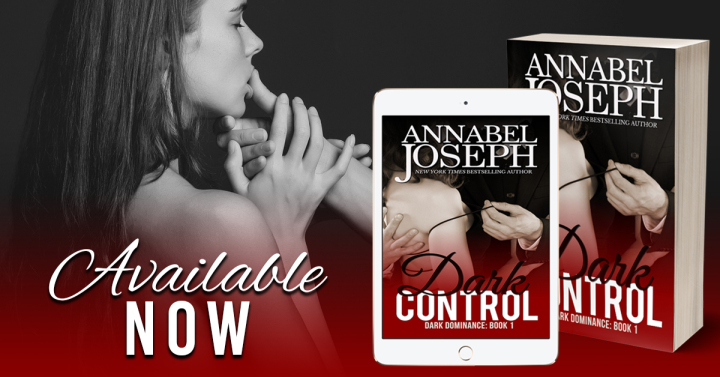
Read 11/05/2017-14/05/2017
Rating: 4 stars
There but for the is the second book by Ali Smith that I’ve read, and it’s confirmed her as a new favourite author for me.
The book is quite surreal. Miles Garth has locked himself in a spare room belonging to a middle class couple he doesn’t know who live in Greenwich. Thirty years before, Miles had been on a prize trip to Europe for teenage writers, where he met Anna Hardie. Anna is at a loose end since she quit her job interviewing asylum seekers and condensing their life stories to less than a side of A4, so when the female half of the middle class couple finds Anna’s email in Miles’ phone and asks her to come and talk Miles out of the spare room, Anna has no reason not to go.
The experience pulls memories up from the back of Anna’s mind, about Miles and the European trip, and causes her to reflect on the nature of her old job, as she ponders why Miles might have chosen to incarcerate himself in the spare room of a couple he doesn’t know. She remembers that Miles helped her to belong in the group of fifty strangers. She remembers that he was kind, once, to her parents without them even realising it.
Miles is someone who makes other people feel comfortable. Except for when he is an uninvited resident in the home of strangers.
At the middle class couple’s house, Anna meets Brooke, a precocious nine year old who loves puns and knows lots of big words. The pair unexpectedly bond as Anna hangs around the house, trying to avoid the middle class couple while attempting to attract Miles’ attention through the window of the room he’s in from the alley at the back of the house.
Mark, the man who took Miles to a dinner party at the middle class couple’s house, is haunted in doggerel by his dead mother, Faye. Faye is curious about why Miles, why anyone, would lock themselves in a room. Mark, we discover, far from being a good friend of Miles’, met Miles accidentally at a play. Which begs the question why did Mark take Miles as his guest to the middle class couple’s dinner party?
Thinking about the dinner party pulls up memories from the back of Mark’s mind, about meeting Miles at the play, about the conversation that led to Mark inviting Miles to the dinner party. It causes Mark to reflect on his childhood and his transition to adulthood. He remembers that Miles was kind to him during the dinner party without any of the other guests noticing.
Miles is someone who brings other people together. He’s a conjunction.
His presence as an unwanted guest in the middle class couple’s house brings people together on a patch of land behind the house. Miles, in seeking to withdraw from the world into the spare room belonging to the middle class couple, has become a cult.
We meet May Young, the mother of a girl that Miles was friends with at school, a woman that Miles visits every year, apart from one year when he was in Canada and this year when he is an uninvited resident in the spare room belonging to the middle class couple. May has no idea that Miles is holed up in a Greenwich spare room, but as she lies in a hospital bed, wanting to escape the certain fate her family has chosen for her, May pulls up memories from the back of her mind about her days as a young woman during the Second World War, her marriage to Philip, and her relationship with Jennifer, the daughter with whom Miles was friends at school.
Miles is someone with a secret. One that others don’t know how to deal with.
The way Smith writes, her playfulness with words, sparkles on the page, even when she is describing tough things. I’m not going to quote anything because it’s the kind of writing that needs to be read of a piece. The effect of Smith’s writing, the way she captures how distracted Anna is, how ebullient Brooke is and also how fragile, how irritatingly whiny the middle class couple are, how sanguine and yet frustrated Mark is by his mother’s bizarre method of haunting, builds as the story progresses, accumulating a force that held me captive as a reader.
Smith caricatures the other guests at the middle class couple’s dinner party, from the air head who finds drone technology unbelievable and has a limited grasp on what vegetarians don’t eat, to the patronising woman who proclaims everything adorable but doesn’t mean it, and the pedantic drone developer whose method of delivering information matches the name of his product. They are broadly drawn but precisely recognisable. Brooke’s academic parents are slightly less caricatured, but still presented as a type. These broadly sketched people provide space in the narrative for the question of who Miles is, exactly, to be explored.
As with How to be Both, the other book I’ve read by Smith, there are interesting thoughts on the nature of the internet, its dehumanising qualities, its lack of filters or context, the things that stem from its unfettered openness. The conversations at the dinner party are simultaneously flippant and serious, demonstrating the shallowness of people’s understanding at times, and the human need to appear either erudite or affectedly Luddite, depending on our mood and whether we like the people we’re with in forced social situations that have been set up to be interesting. I’ve been to dinner parties like the one in the book. I’ve taken on a number of the roles taken by different people in the story. I recognised Mark’s horror at speaking with sincerity and missing the point of the conversation, which is to allow the regular participants to air the same thoughts and confirm to themselves that they have an opinion. Sometimes, when people are sharing their prejudices in that we’re-all-friends-here way, it’s easier not to say anything than waste words trying to have an actual conversation. It’s not just fancy-assed middle class dinner parties. It can be lunch break conversations at work, or thoughts shared over a family Christmas dinner or at a wake. People’s self-satisfaction at their own distorted thought processes can be exhausting.
This is the kind of thing that I like about Smith’s writing – that it makes me think about my own experience, my own shortcomings, and I come to know myself a little better as a result. In this period of my life where I am starting to feel like myself again, now that I’m no longer a stressed out carer for someone terminally ill, but also trying to work out who I am now that a significant role (that of daughter) has gone and I’m finding I want to reject other roles imposed on me (that of baby sister who doesn’t know as much as the other two), Smith’s ability to make me think critically about myself feels important. Encountering How to be Both when I did happened at just the right time.
There’s a question posed in the book about what art is for. Understanding ourselves better is one of the things it’s for. Both individually and collectively. The art that is scattered across this book, ruminated on by its characters, from painting to music to theatre to writing, all adds something to a better understanding of humanity. Smith writes cleverly, without feeling the need to draw the reader’s attention to how clever she is. She doesn’t use her writing as an opportunity to posture or self-aggrandise. This is another thing that I like about Smith’s writing.
Her exploration, through the story of May Young, of what it means to be old and to not have your wishes taken into consideration when your family are making decisions about your future in what they say are your best interests, struck a chord with me. The description of seeing an old hand raise itself from the bedclothes in front of you and realising a second later that this old hand is your hand also struck a chord. The exploration, through Brooke’s story, of what it means to be young and clever, an outsider for numerous reasons, was another chord striker. Because I grew up in a different era to Brooke, before rolling news and unfiltered reports on the internet, I was cushioned from a lot of what goes on in the world. Because I don’t have children, I don’t have to think as deeply about the harm all this access to information about the bad things does to children. I thought Smith raised the subject of depression and anxiety in early childhood in a thoughtful way.
This is a multilayered story, from which can be drawn any number of meanings. It’s funny and compassionate, and I really enjoyed it.
Advertisements Share this:





